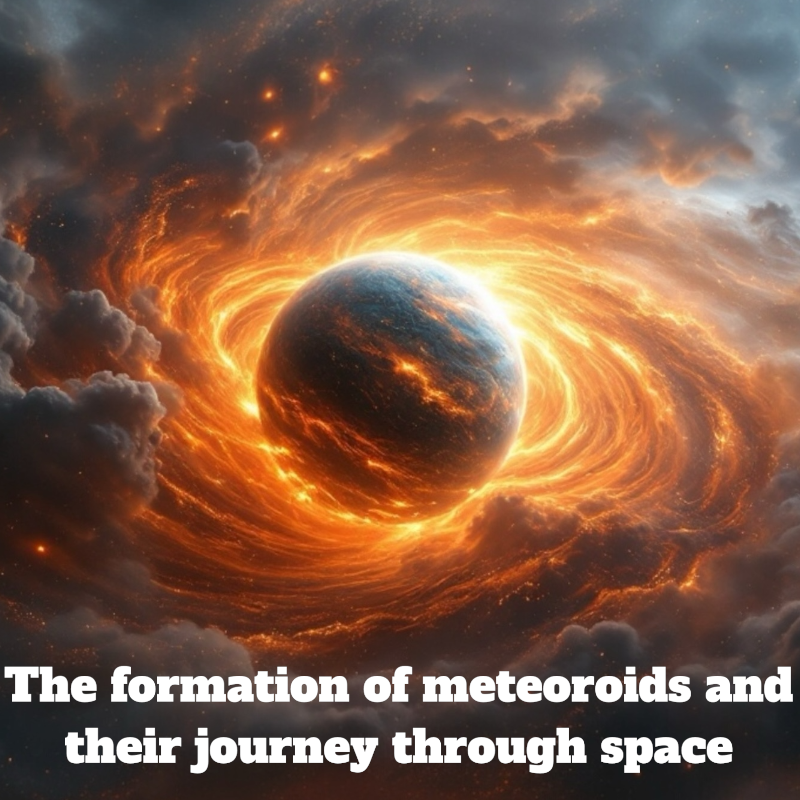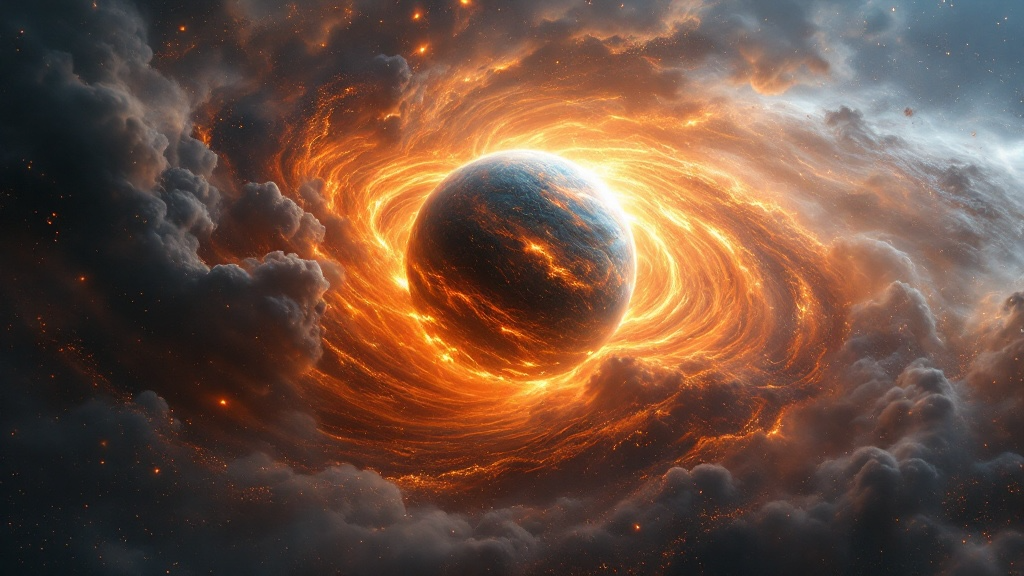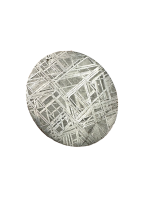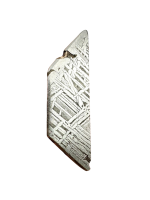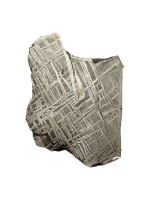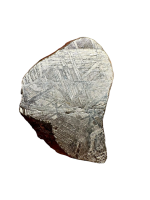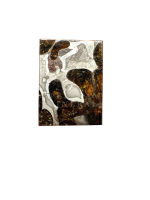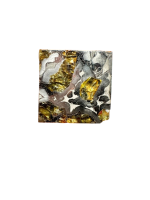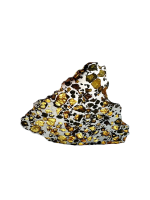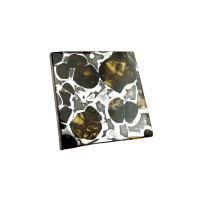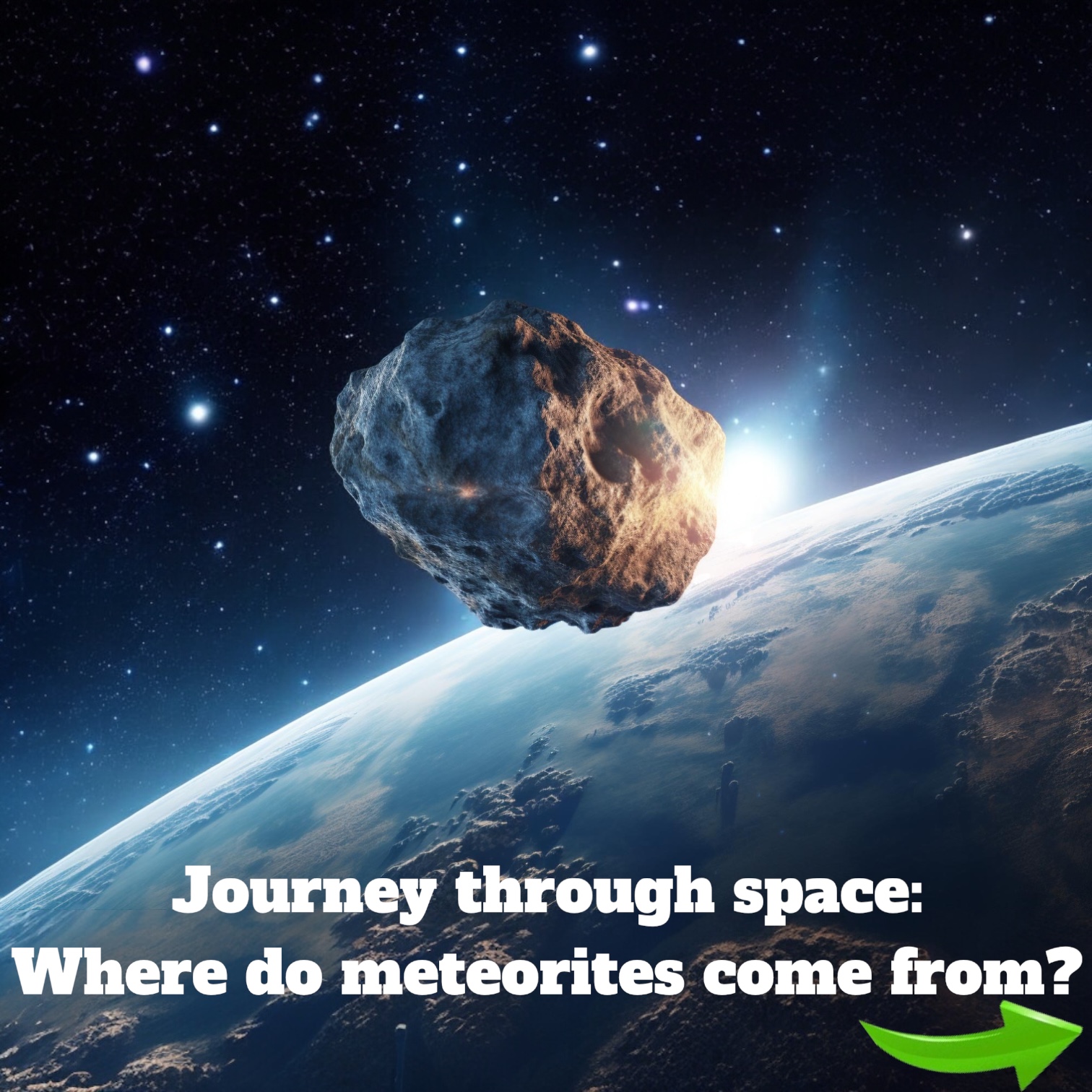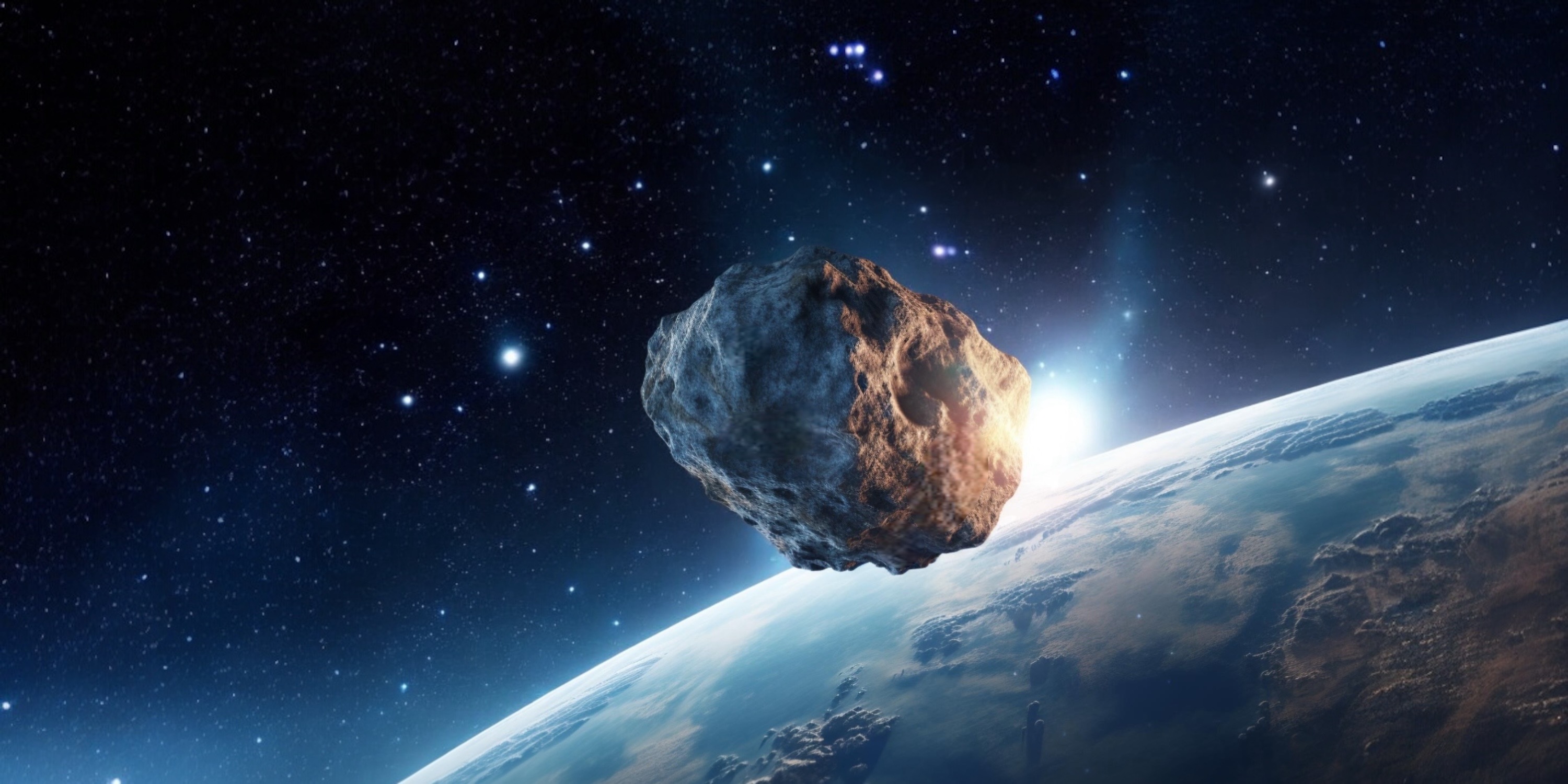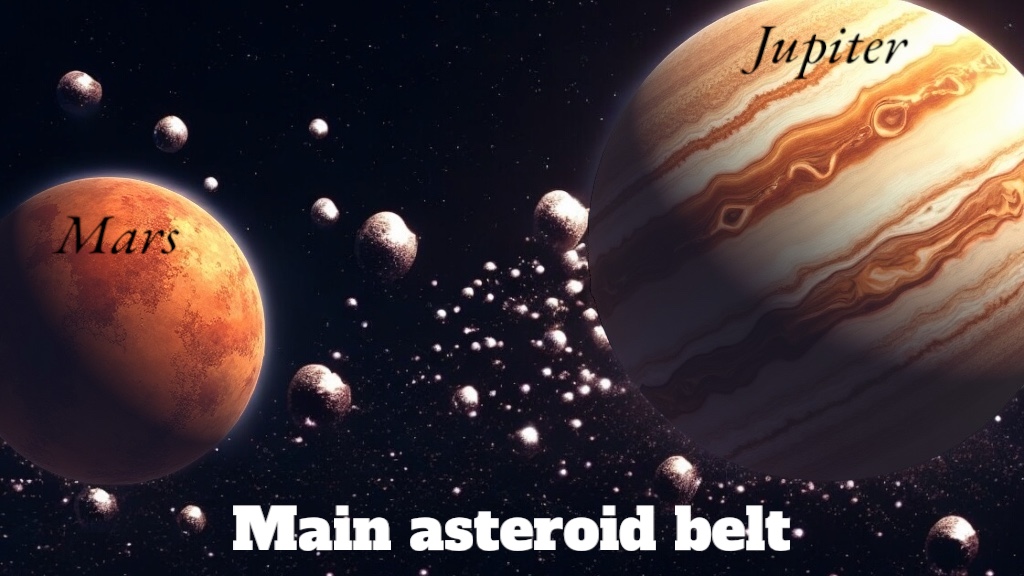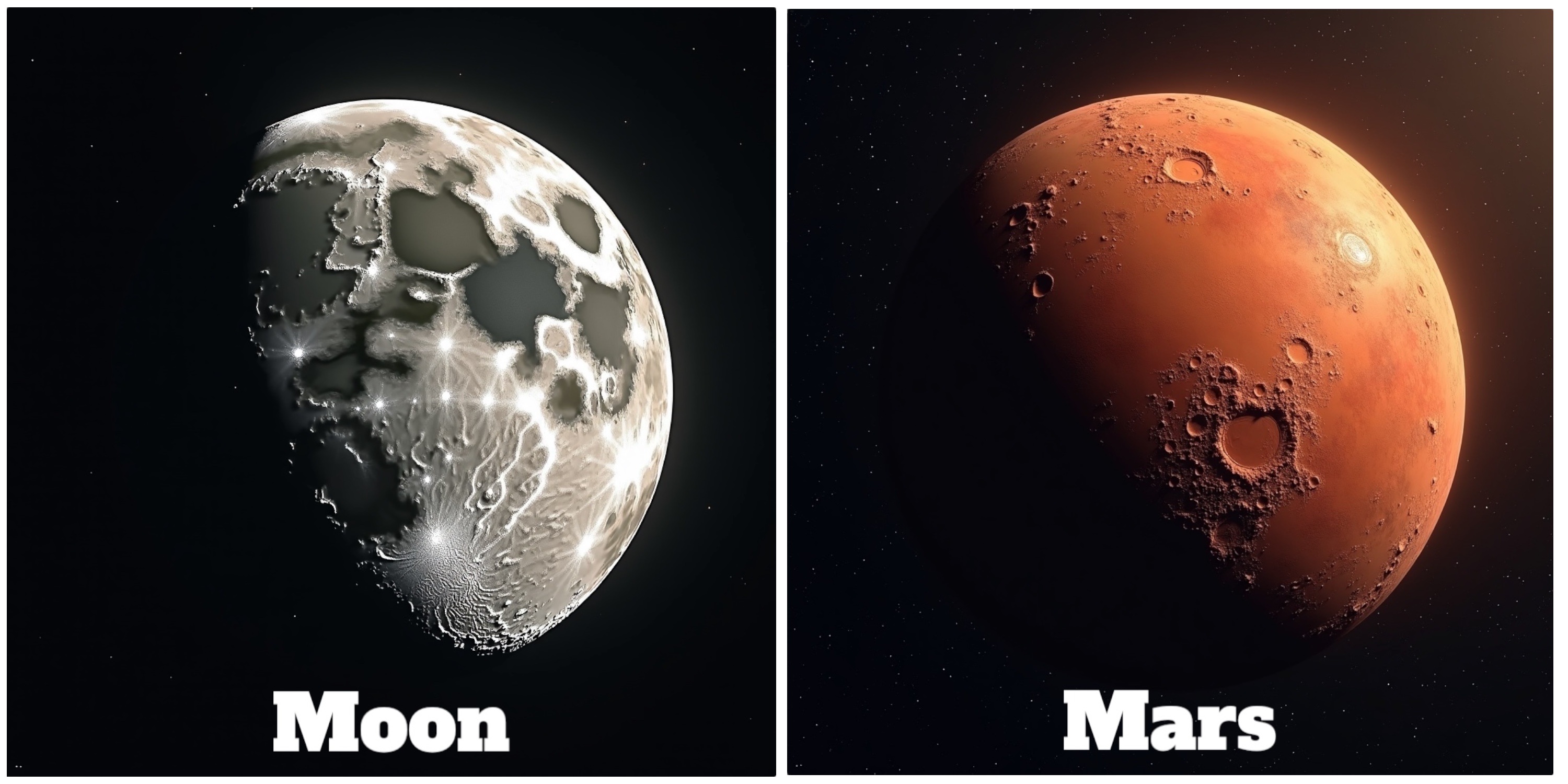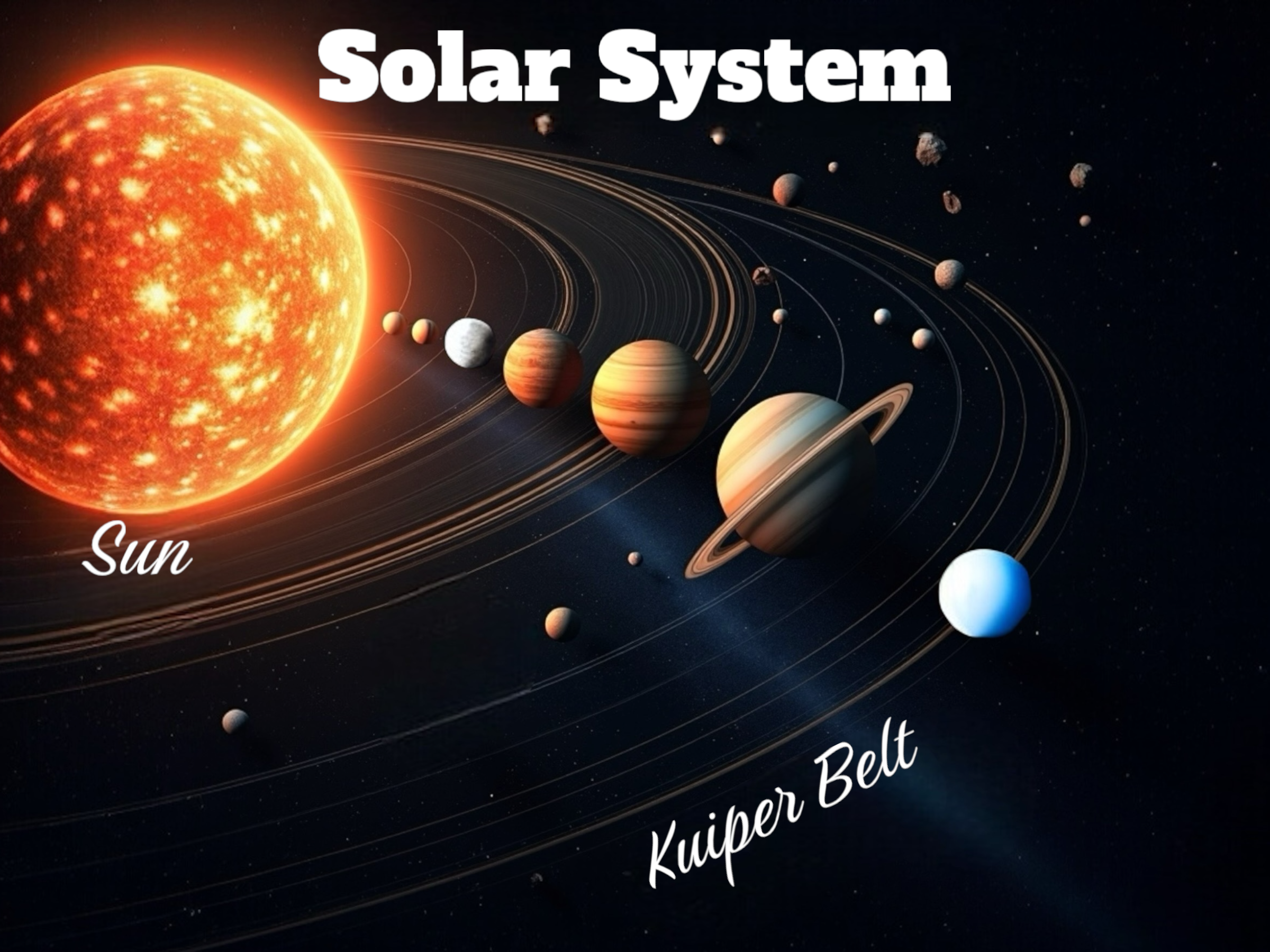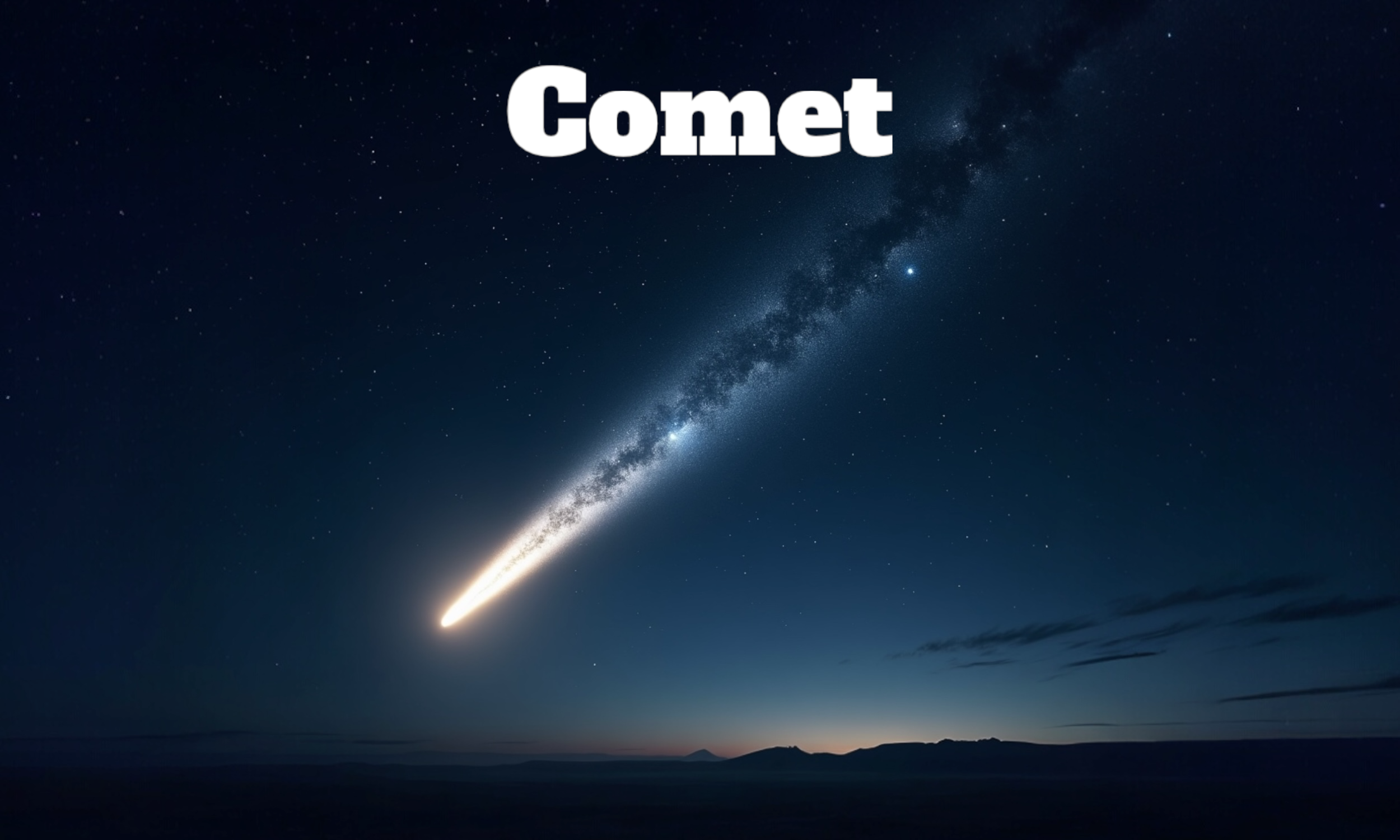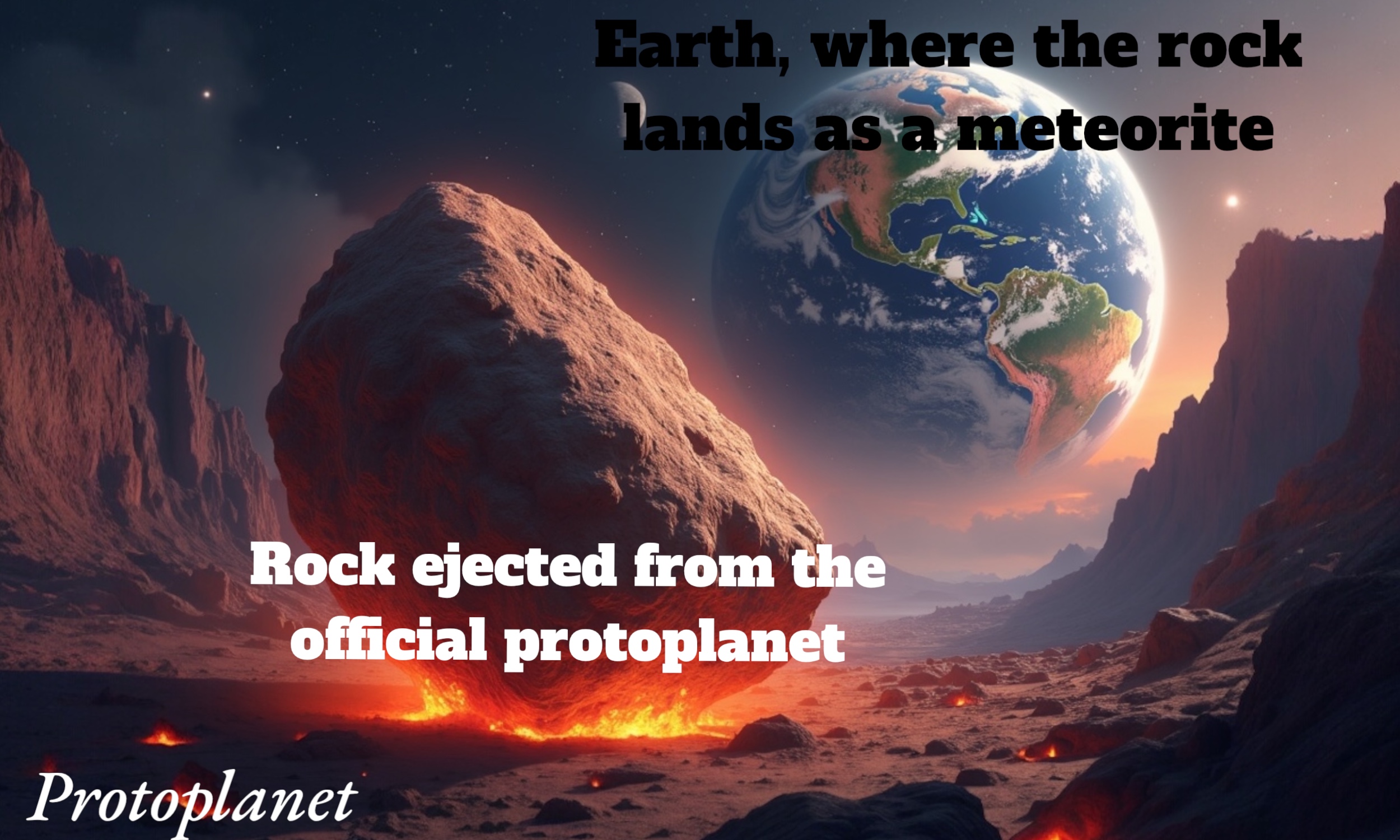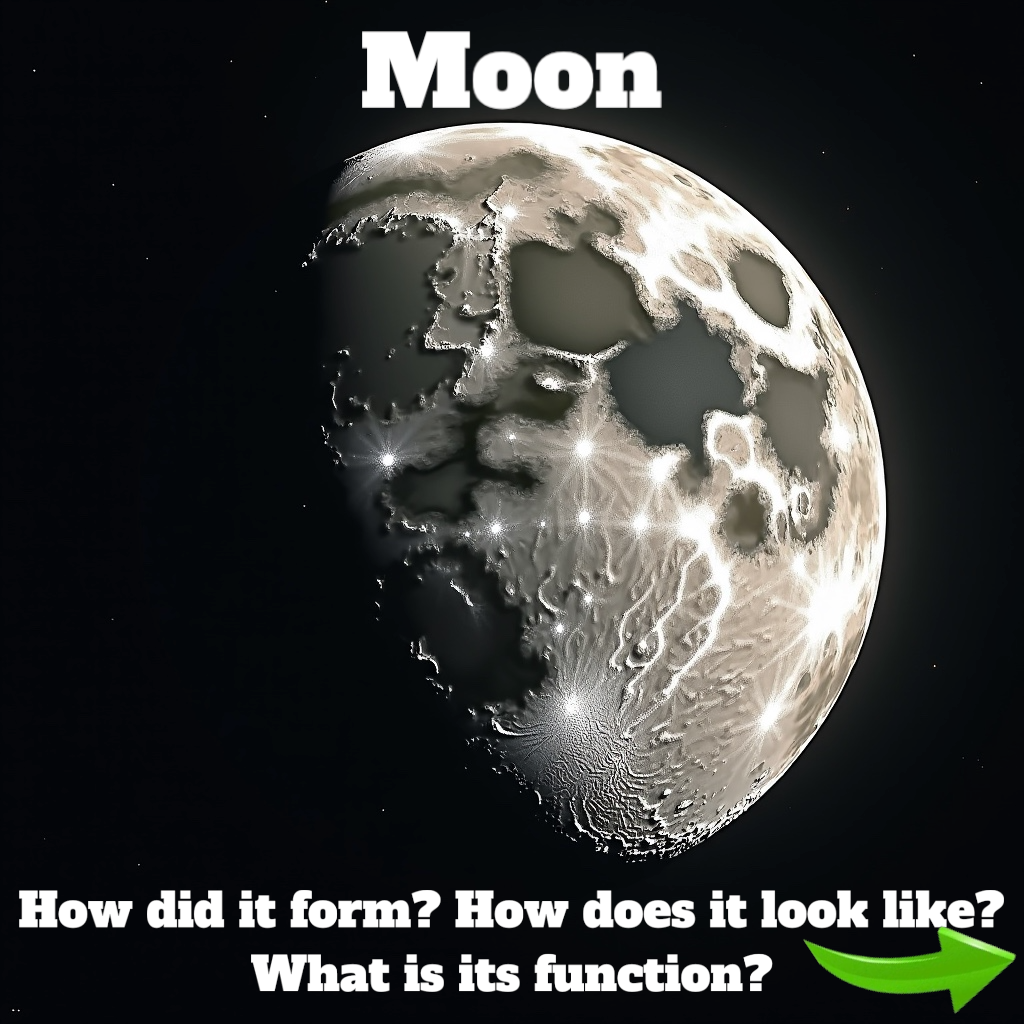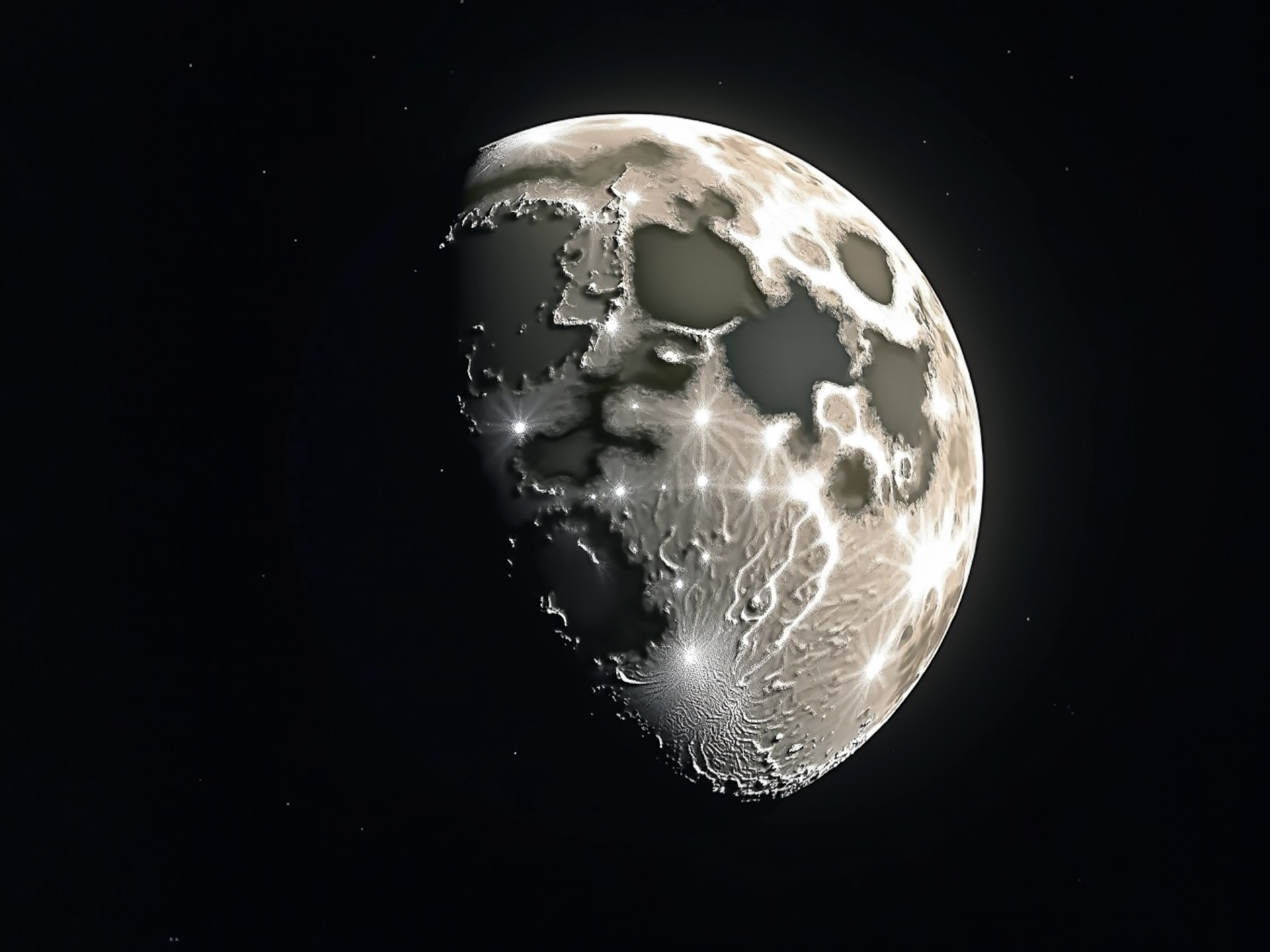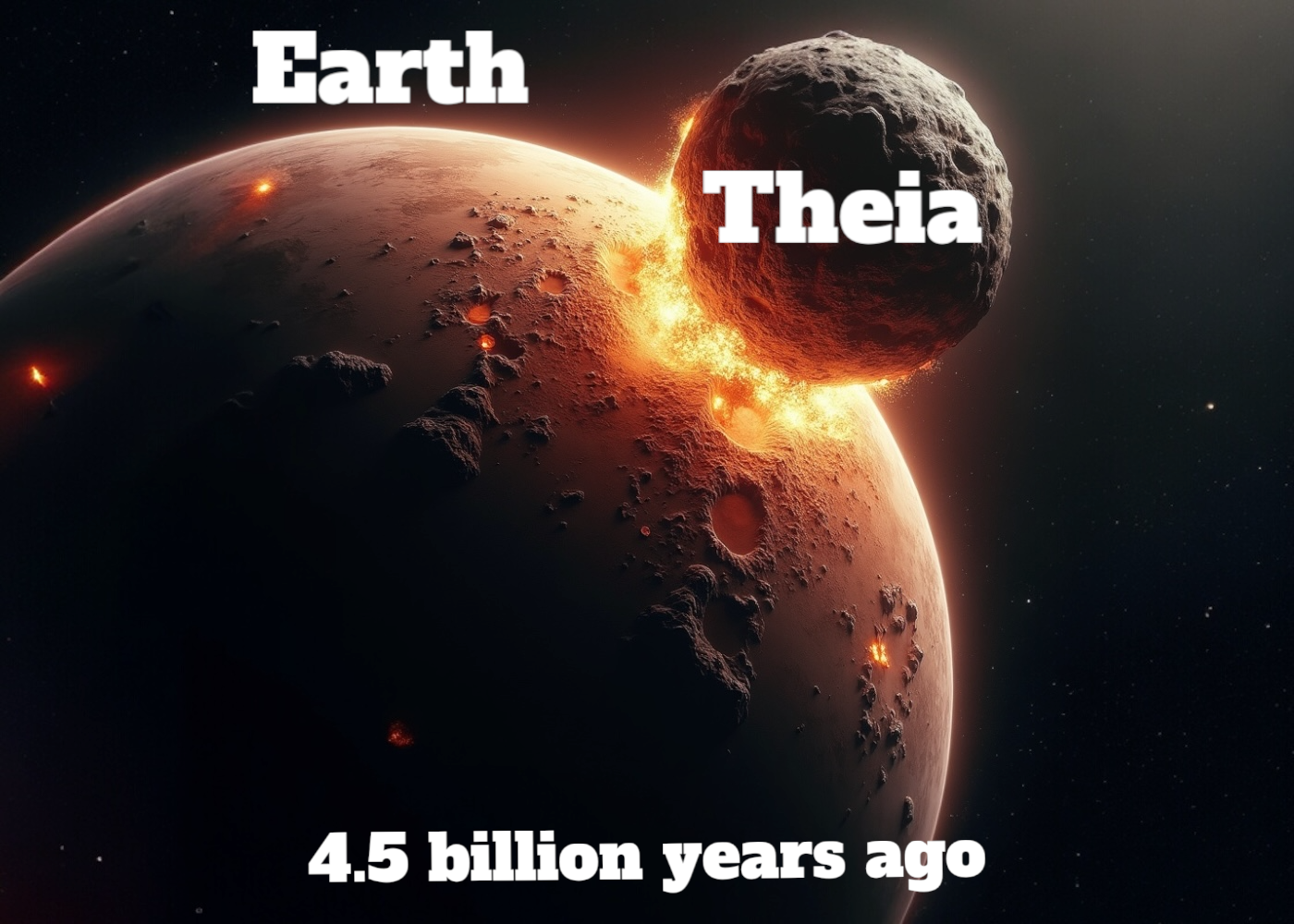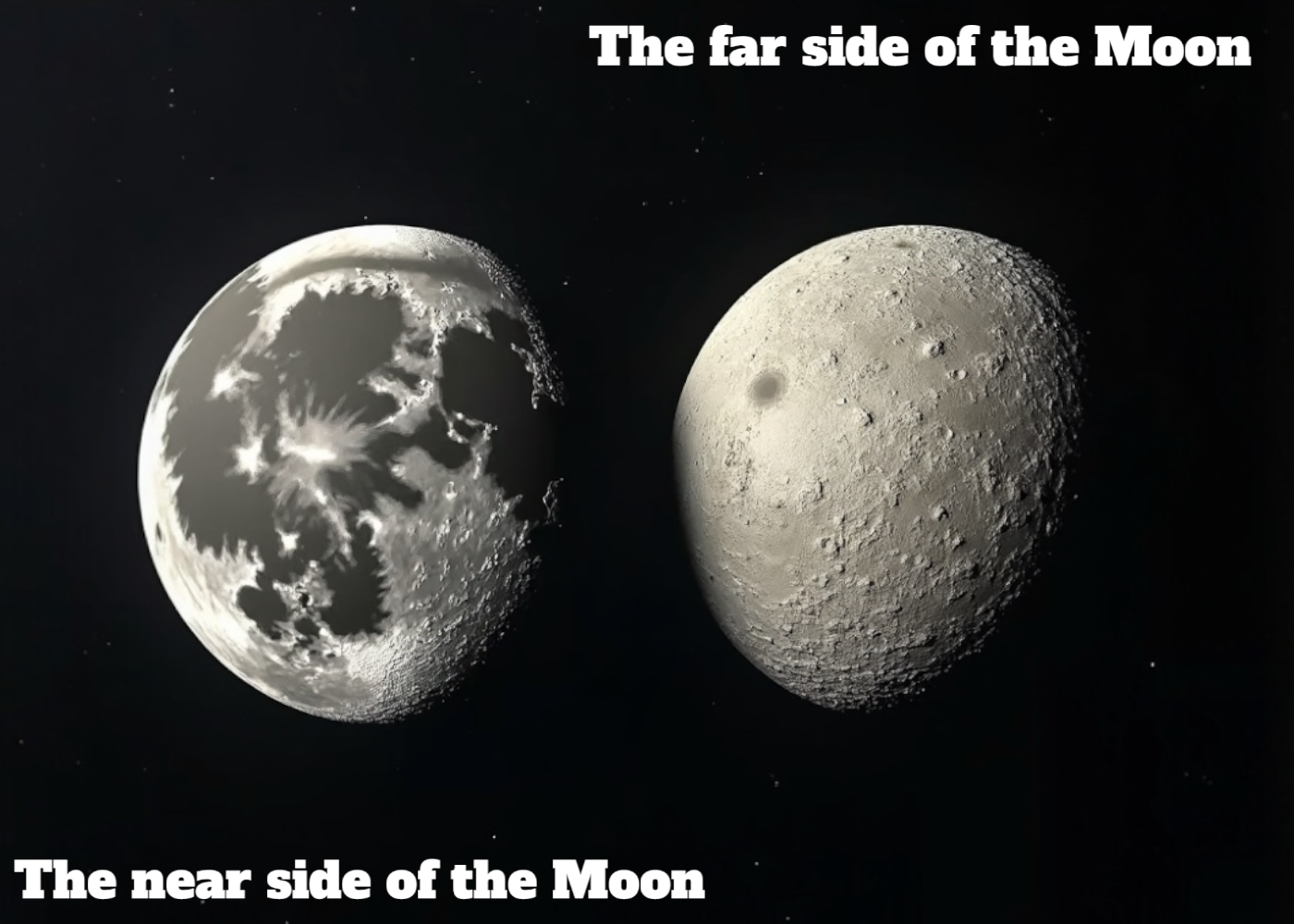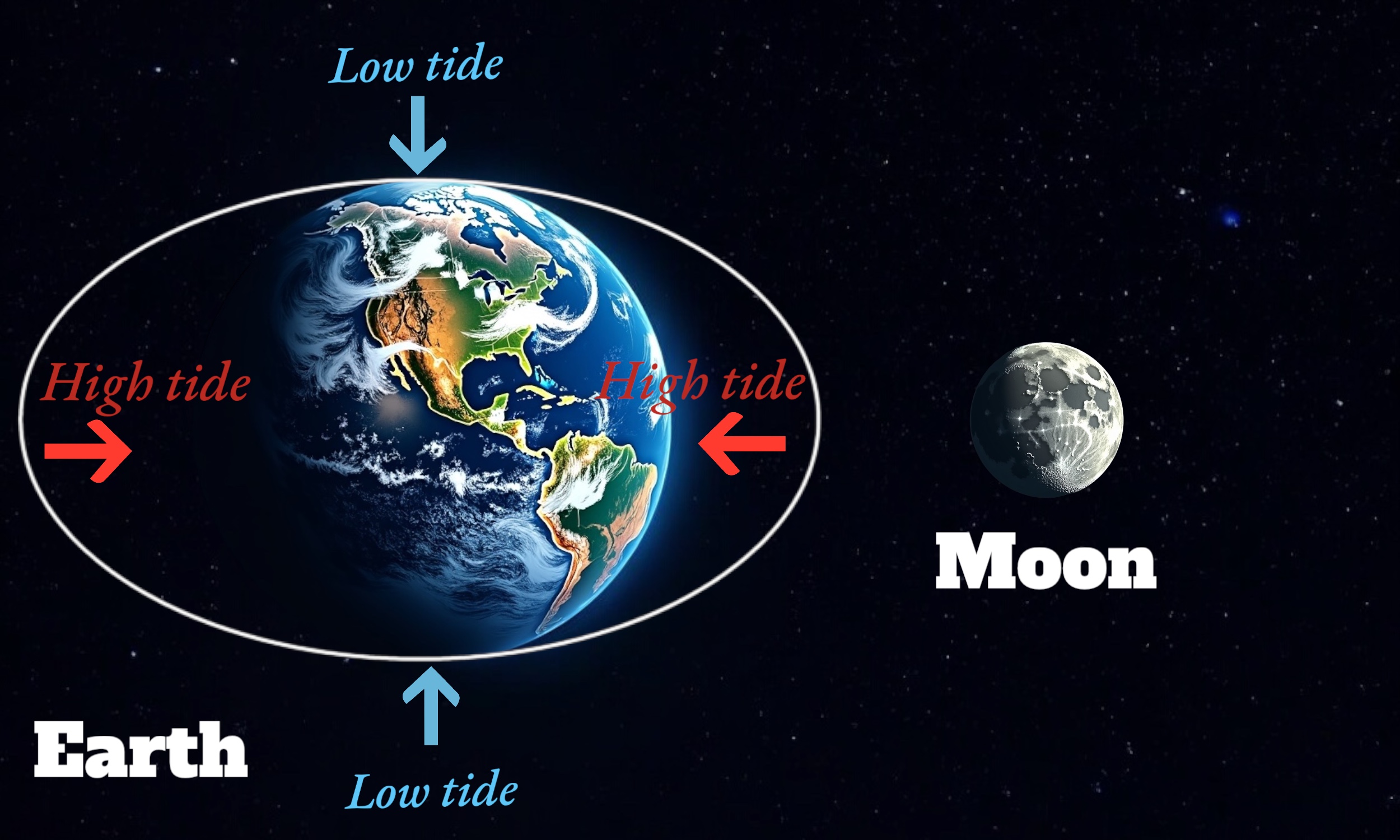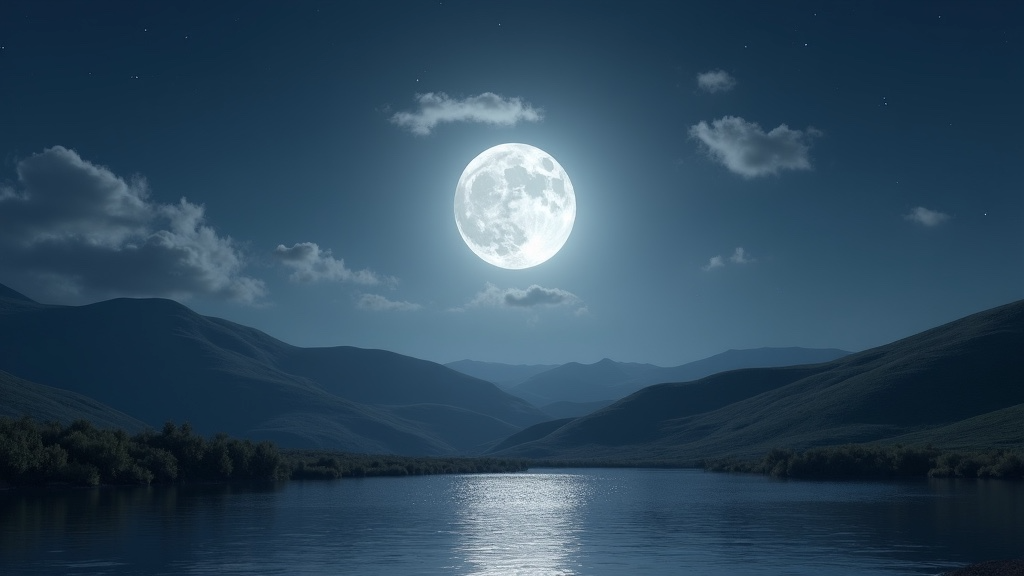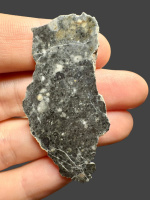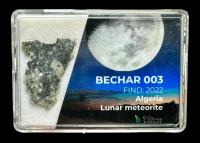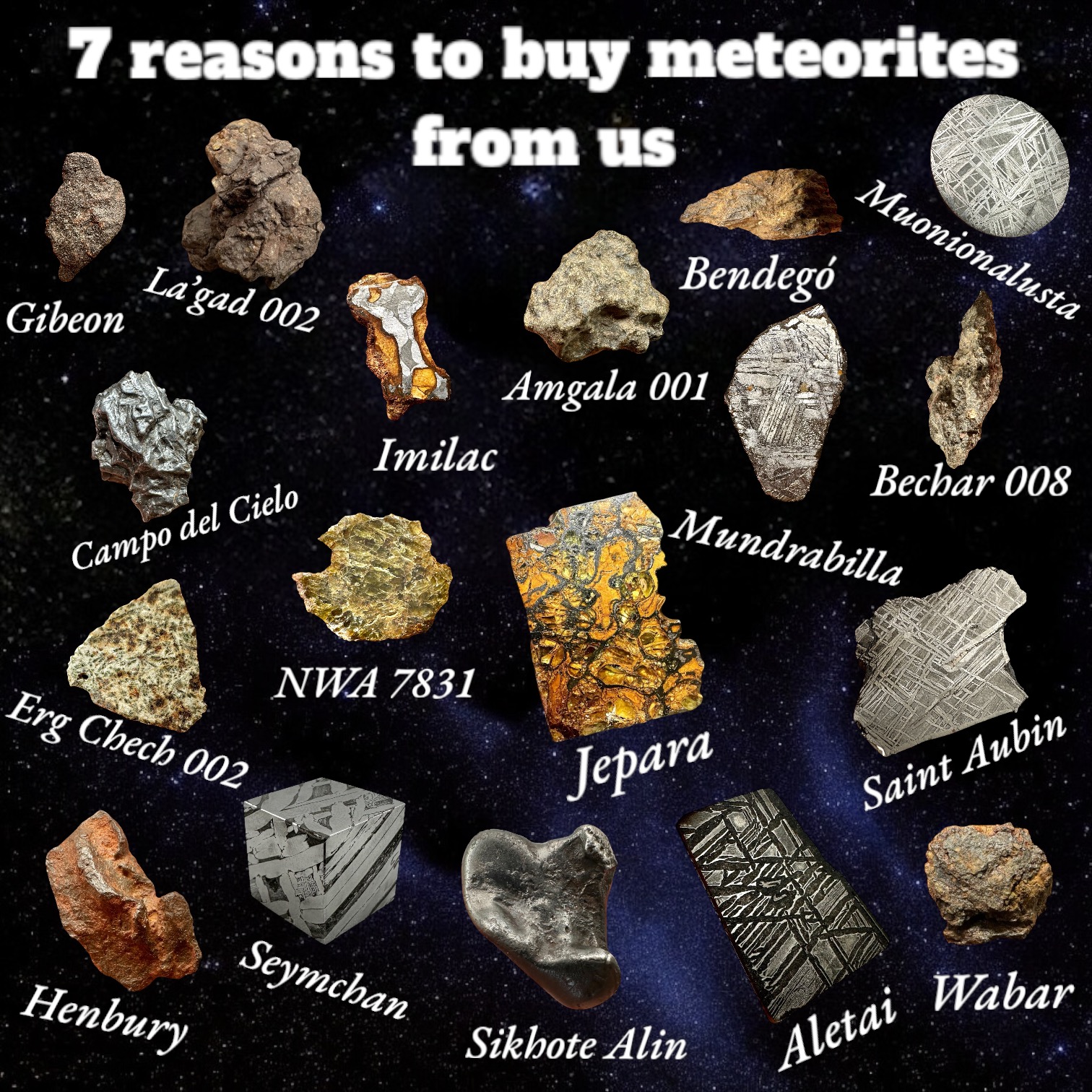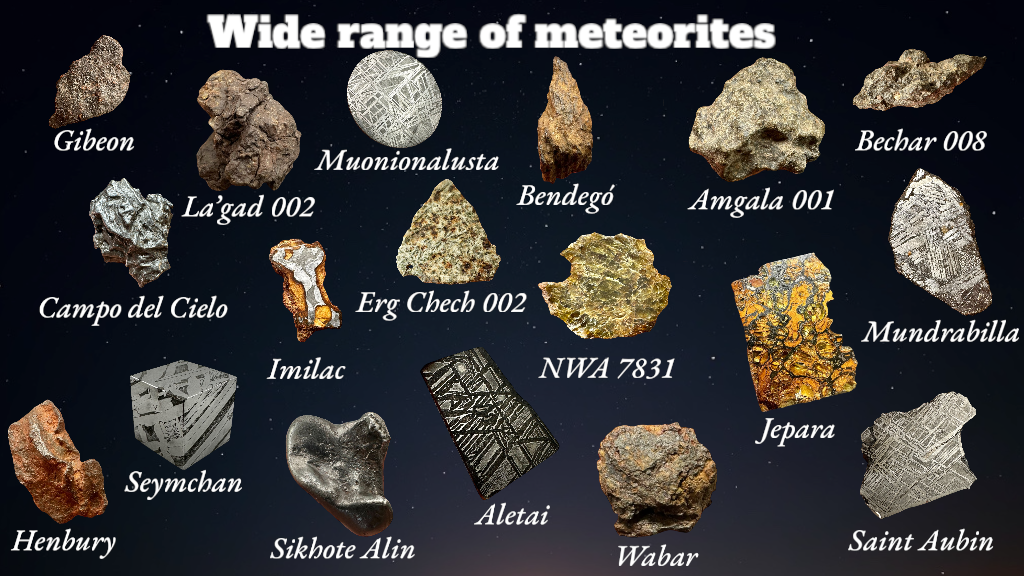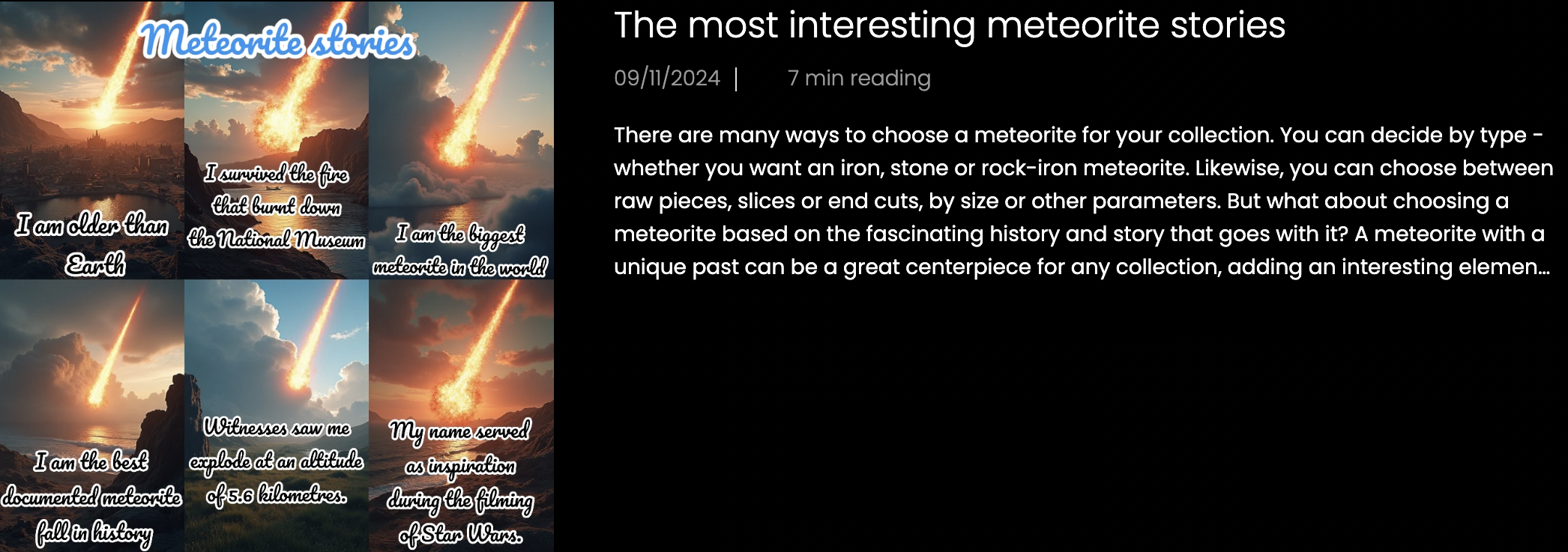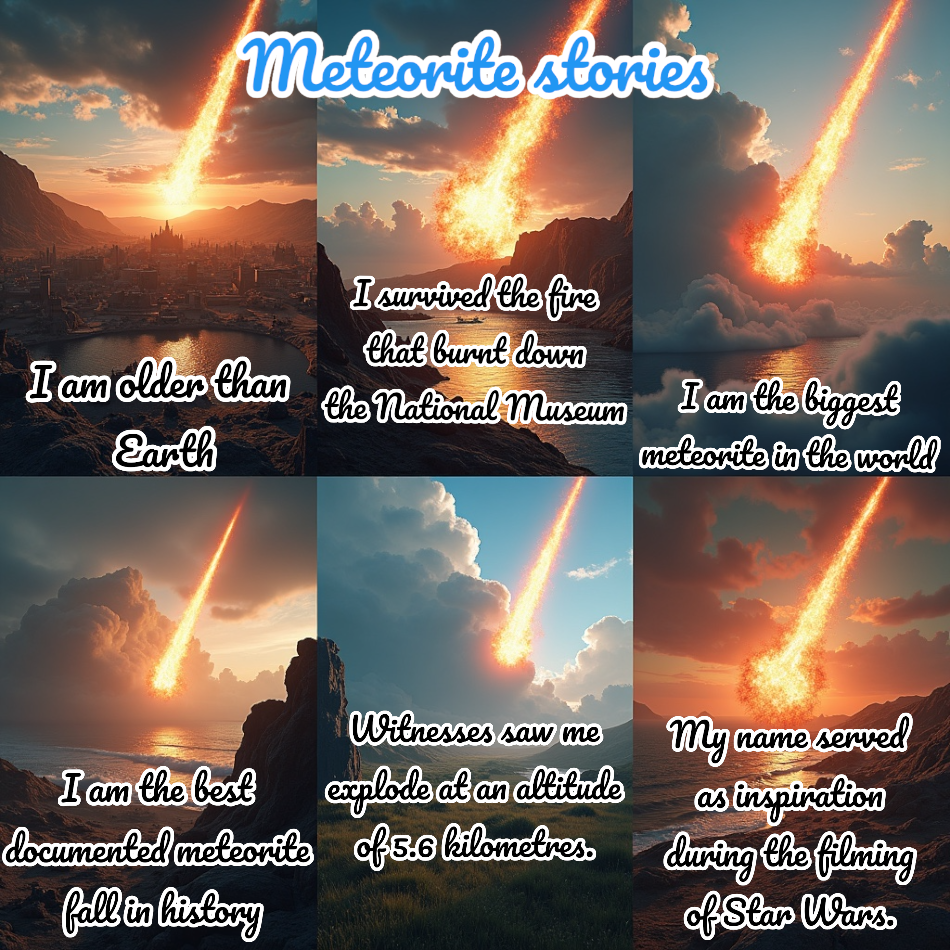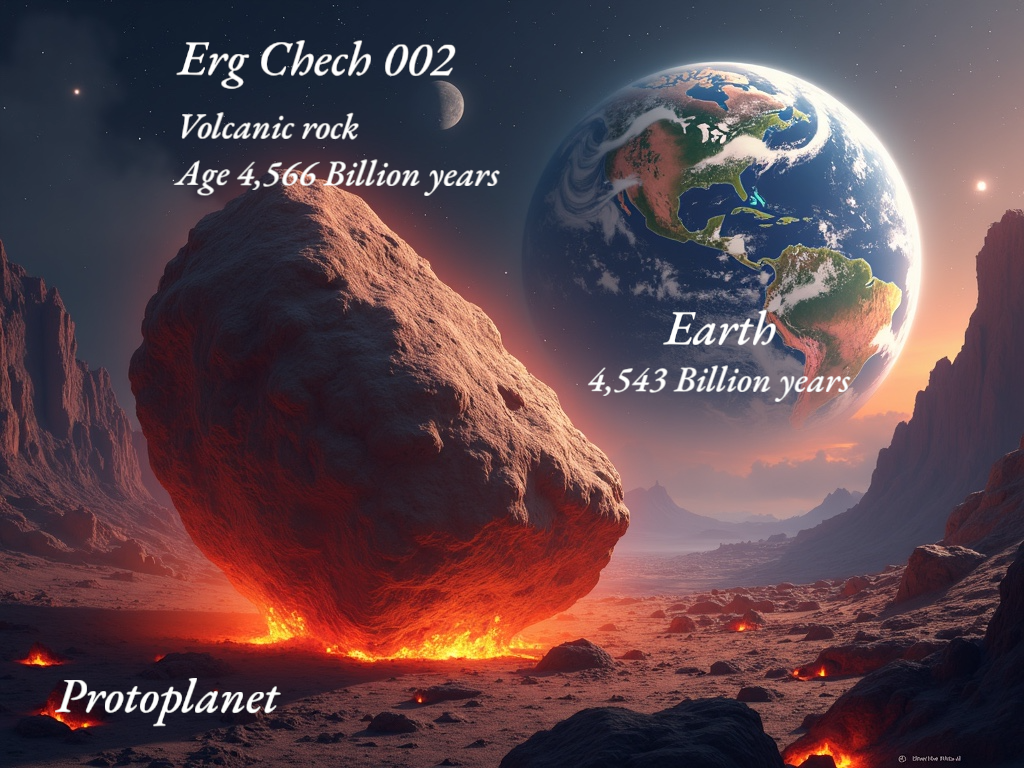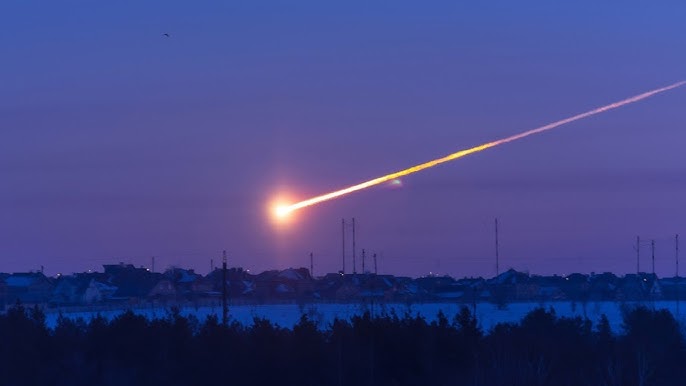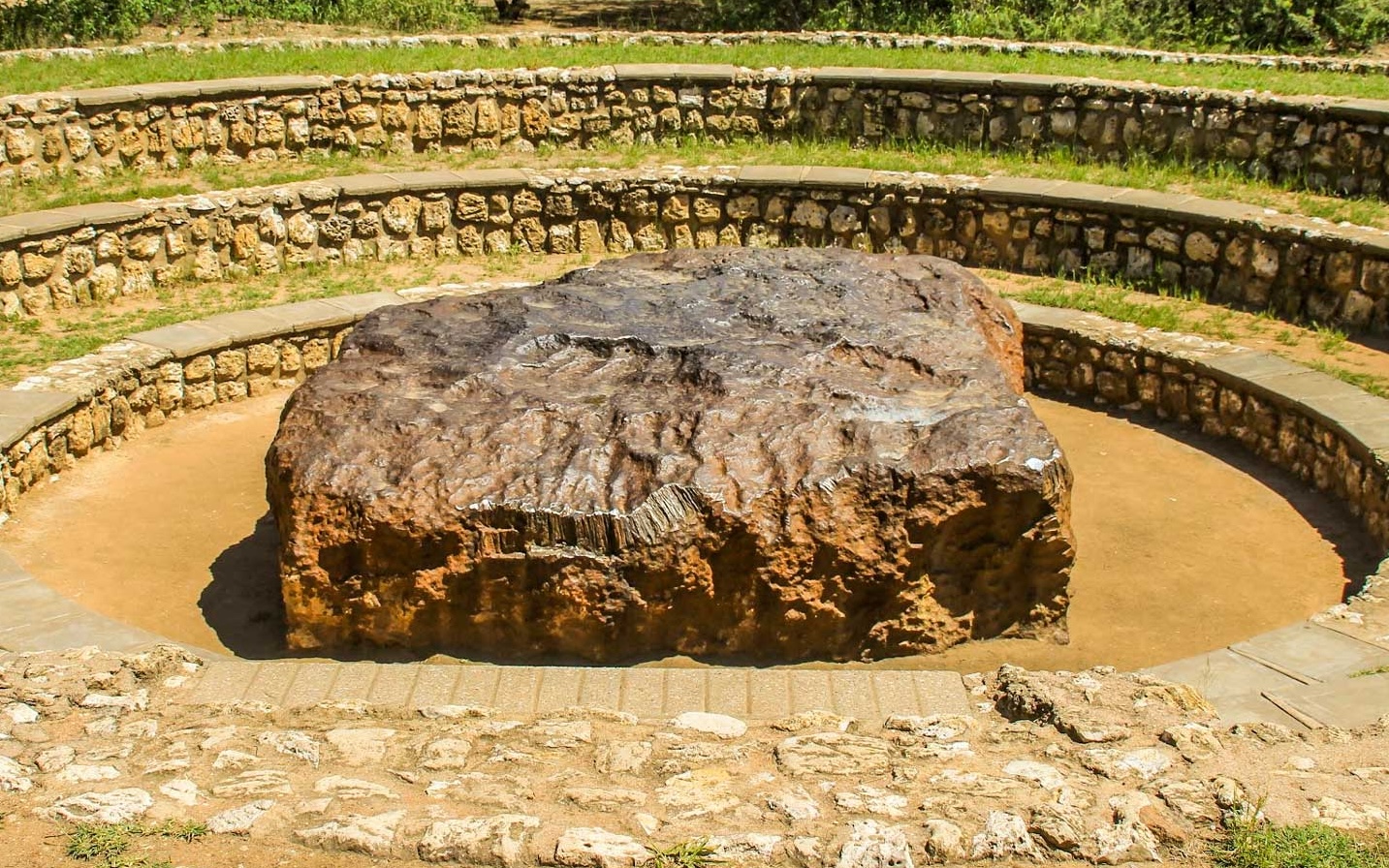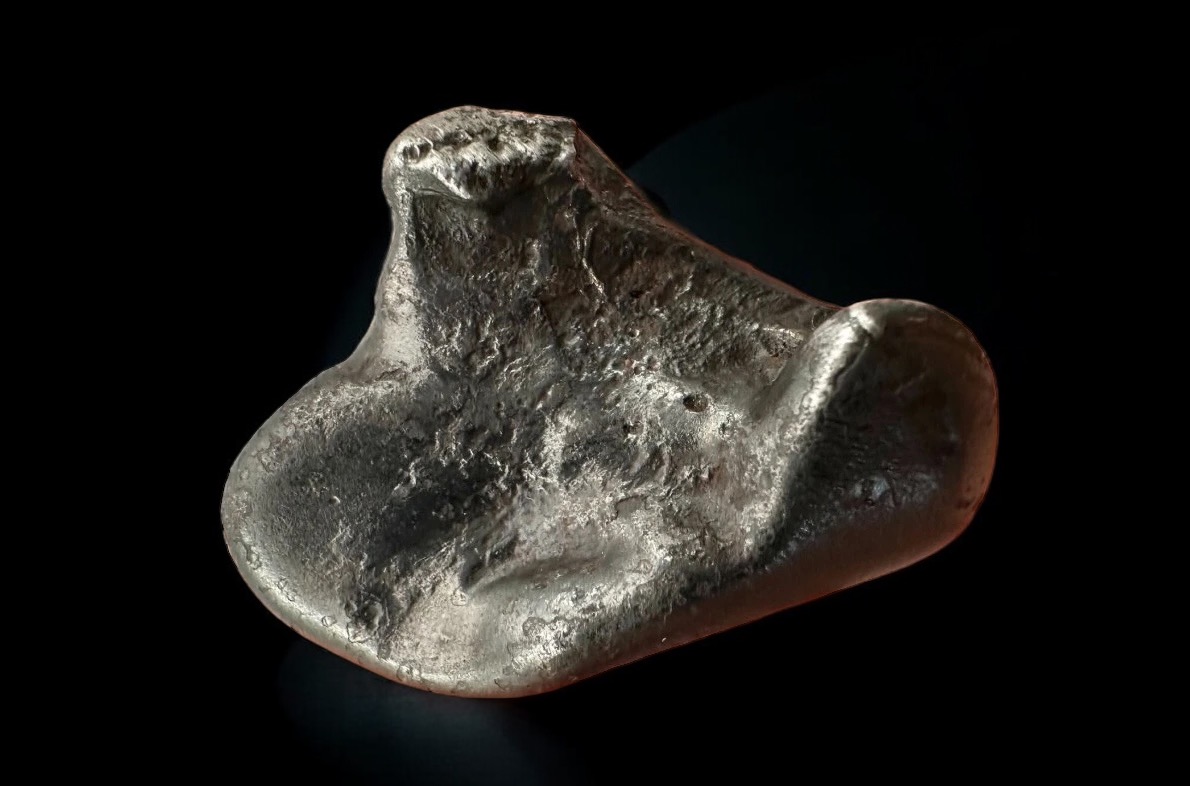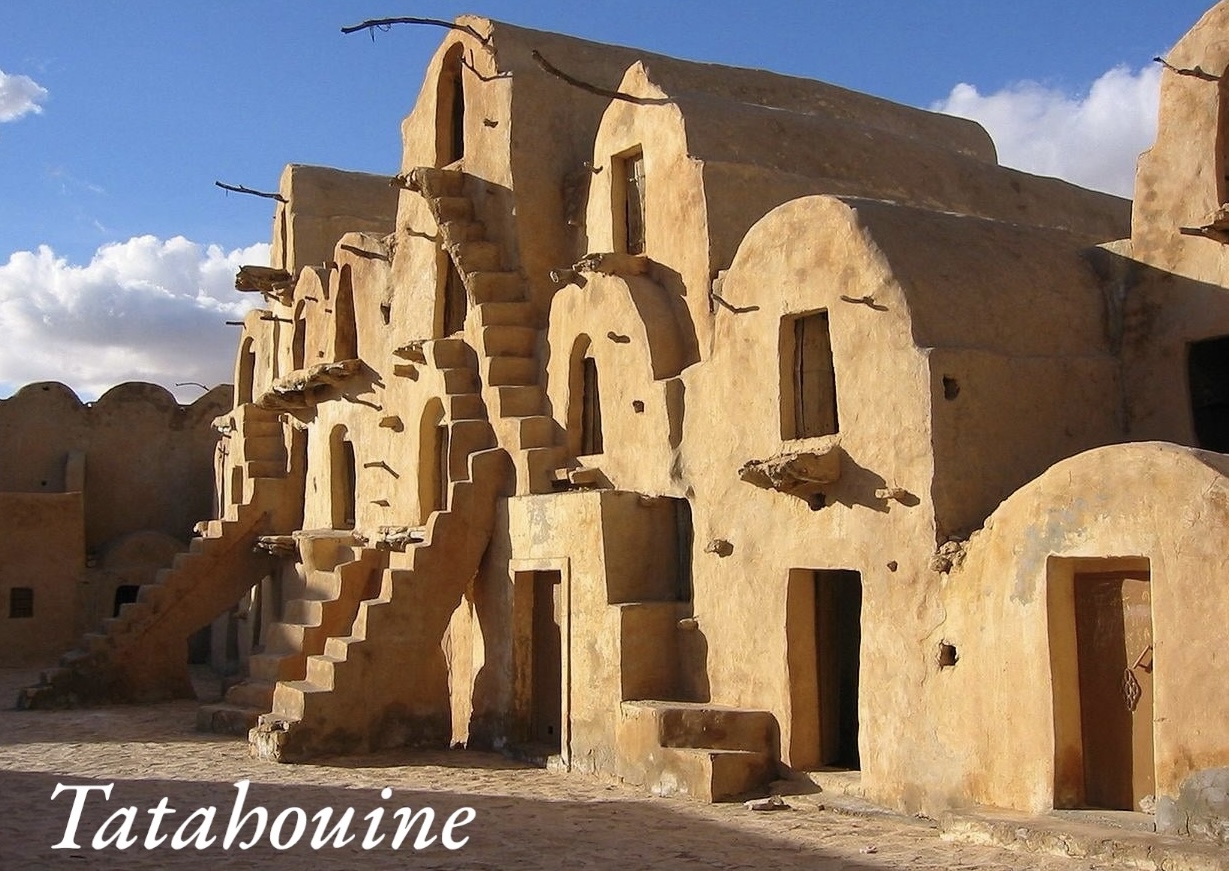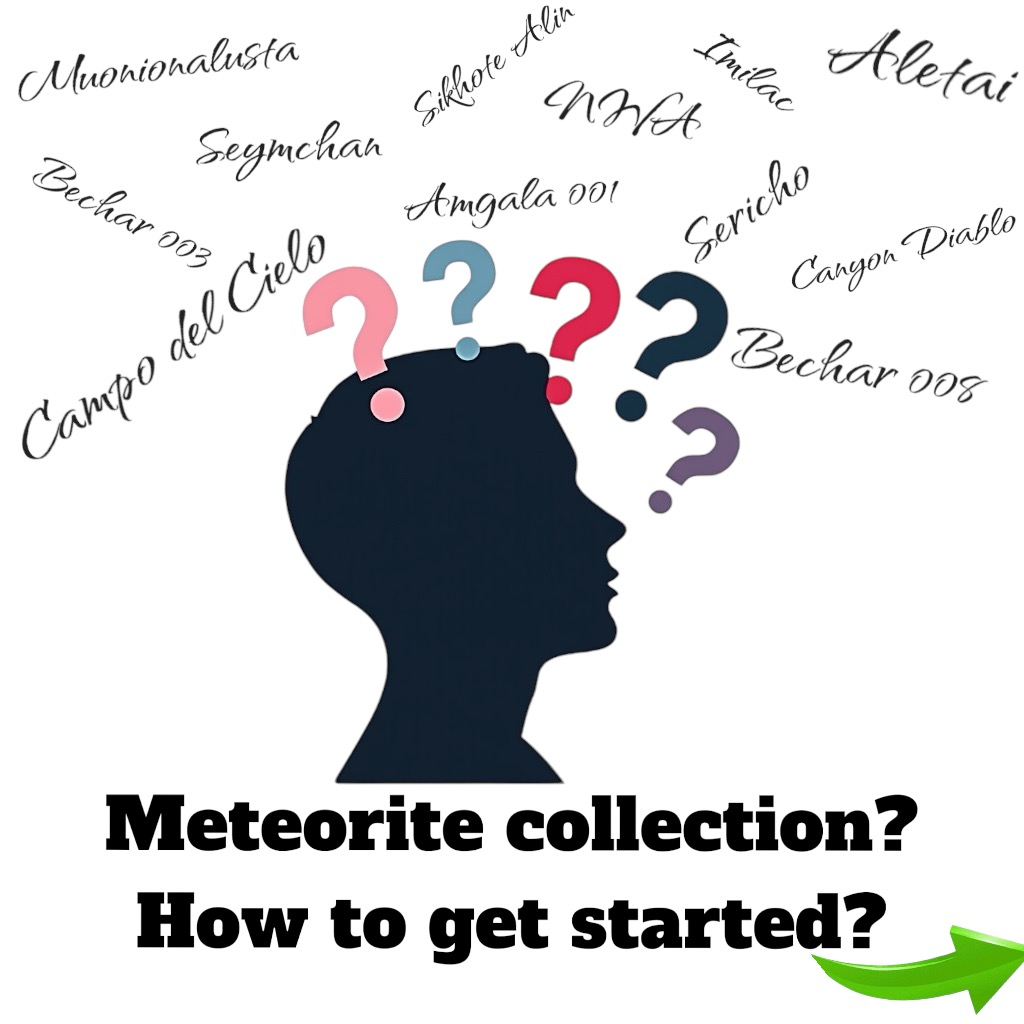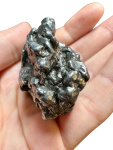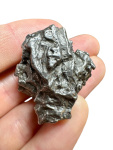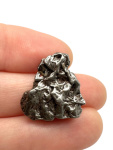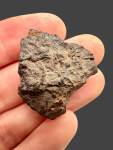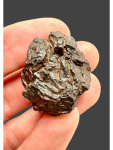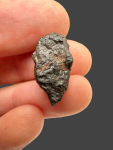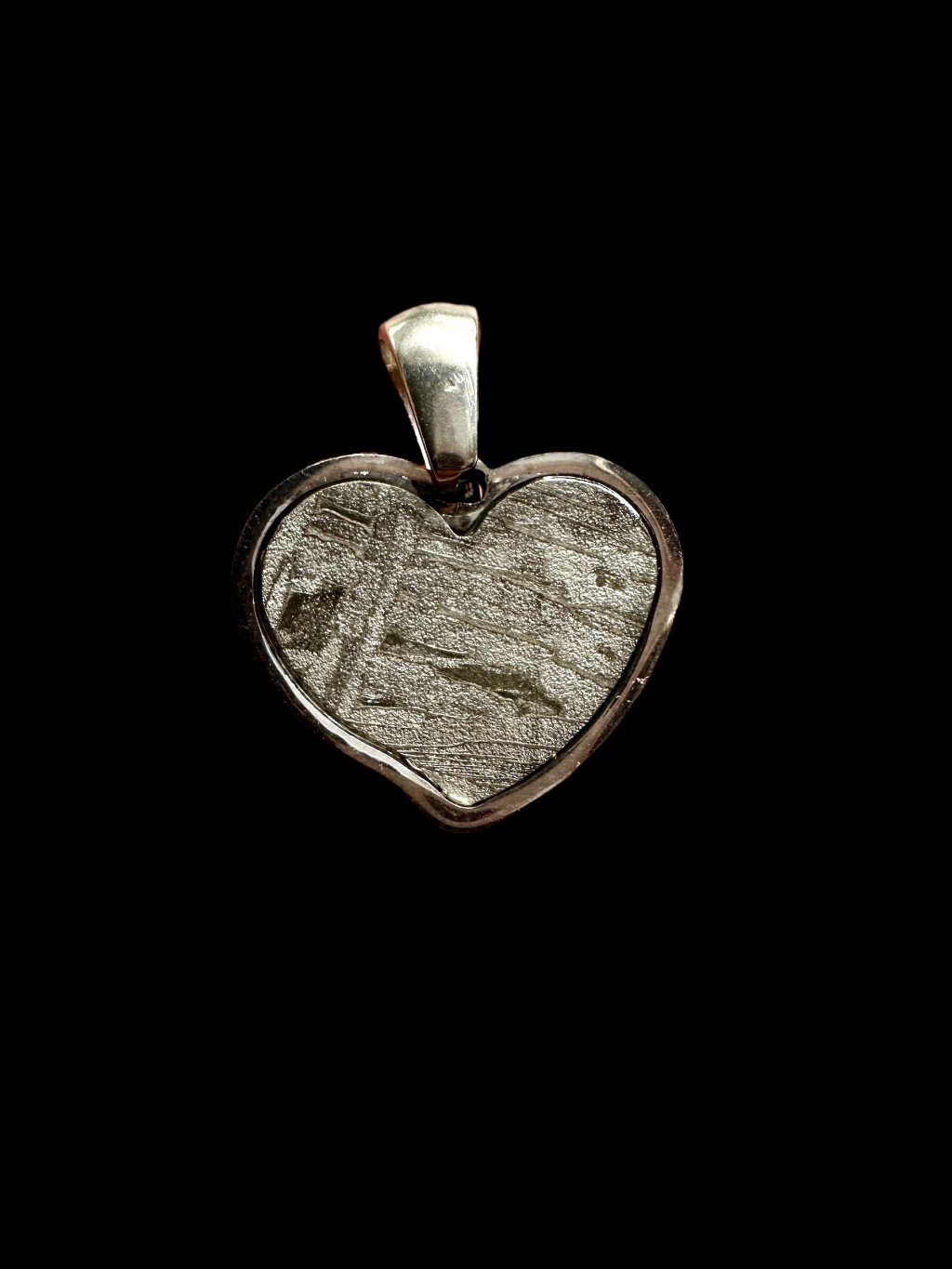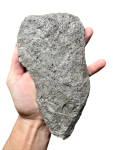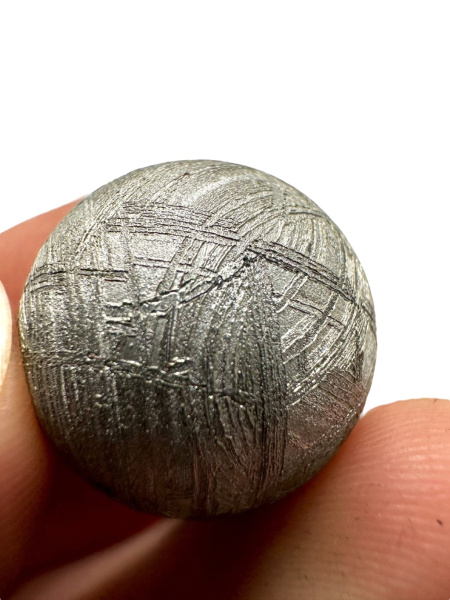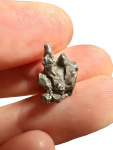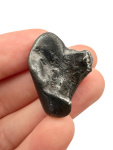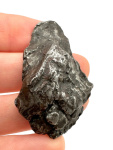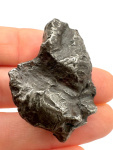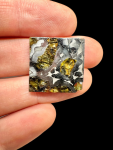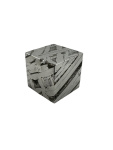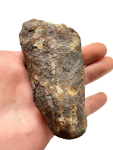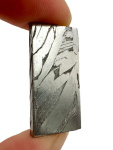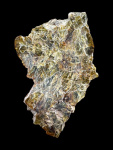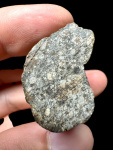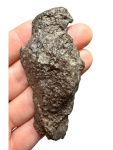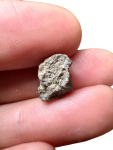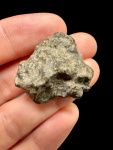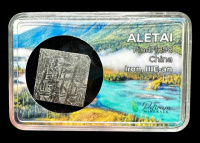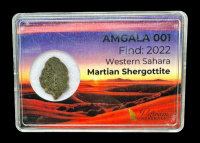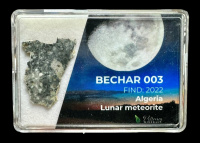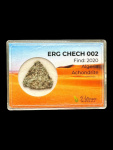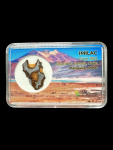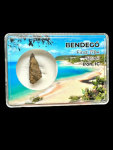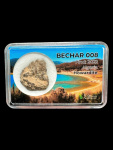Every meteorite that hits the Earth has a fascinating journey of millions, sometimes billions, of years. It was originally just a tiny speck in the clouds of dust and gas that once gathered into the first cosmic bodies. Later it became part of a larger asteroid, perhaps even a planet, only to be ejected again into deep space in a dramatic collision. Before reaching our planet, it travelled through infinite space, subject to the forces of gravity and collisions with other objects. But how do these space fragments come into existence?
1. Collapse of the solar nebula
It all started about 4.6 billion years ago, when a huge interstellar nebula of dust and gas began to collapse gravitationally. This collapse led to the formation of a proto-sun and, at the same time, a rotating disk of material around the newly formed star.
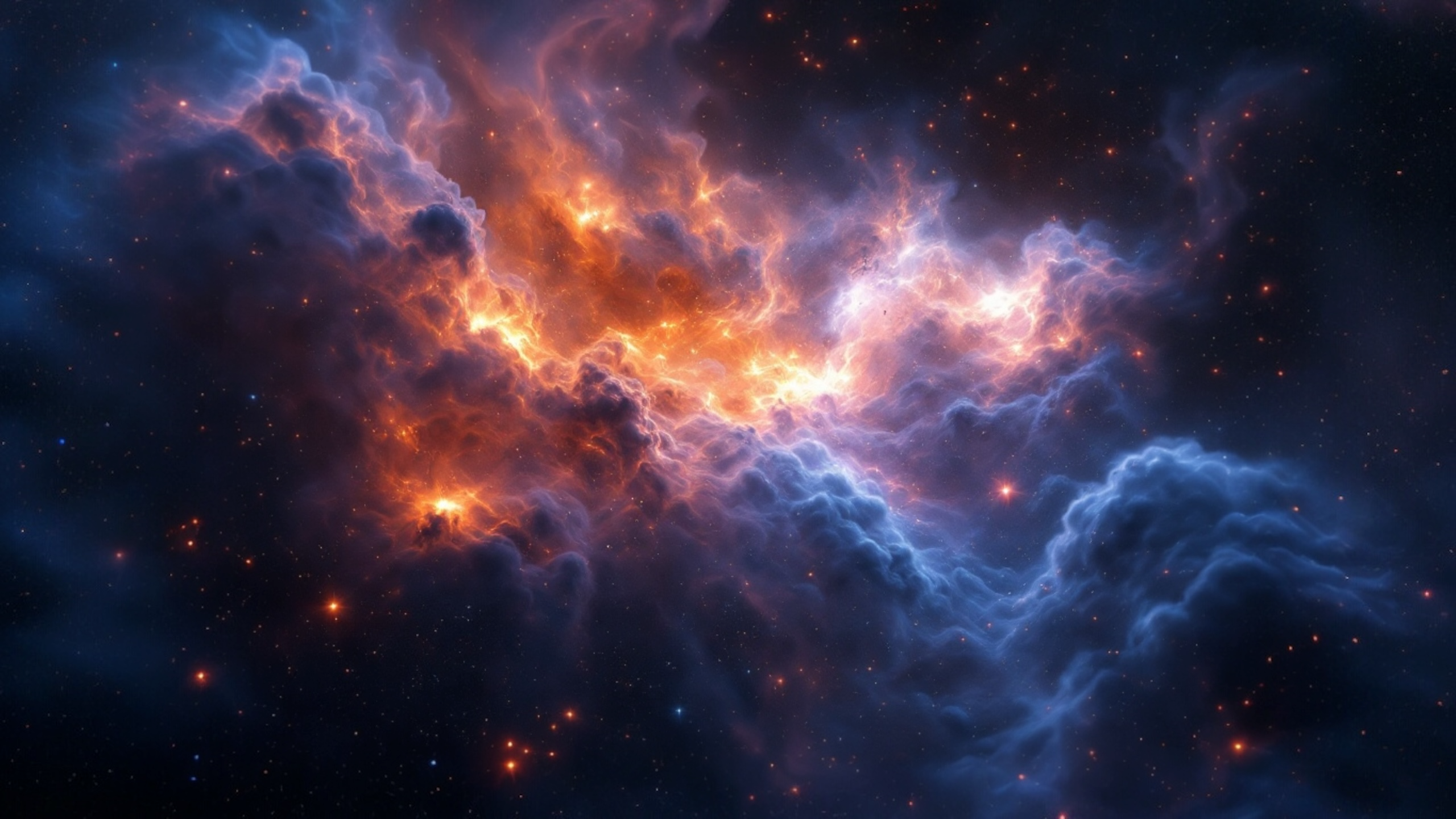
2. The origin of planetesimals
In the rotating disk, tiny dust particles began to collide and combine due to gravitational and electrostatic forces. Gradually, these tiny particles formed larger bodies - planetesimals. These bodies ranged in size from a few metres to hundreds of kilometres and were the building blocks of future planets.
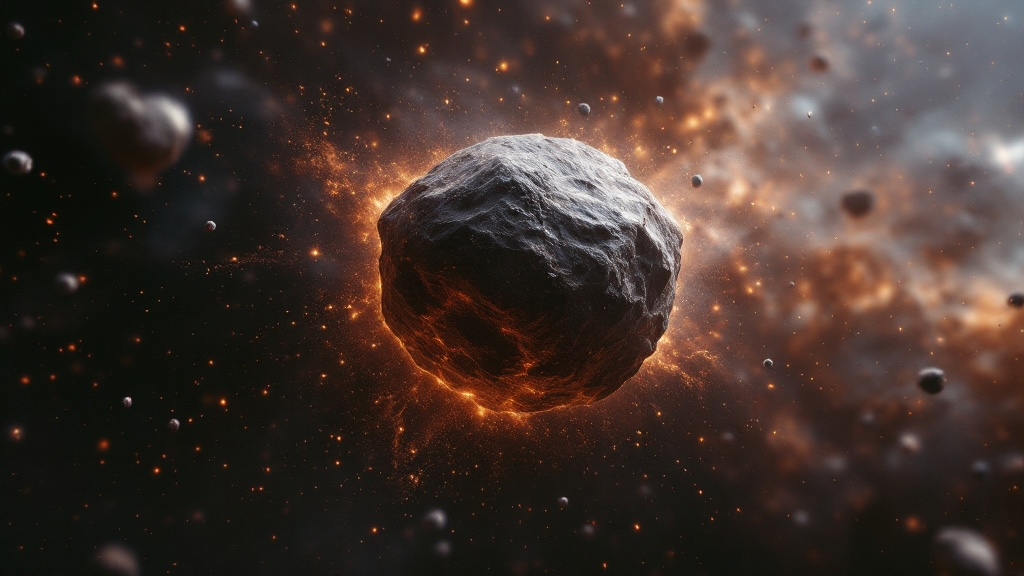
3. Accretion and collisions
Accretion is a gravitational process in which planetesimals gradually grew. This process took place over millions of years and, through subsequent collisions and mergers, led to the formation of the first planetary embryos, called protoplanets. During these collisions, huge amounts of energy were released, often leading to the fragmentation of some bodies. While some planetesimals continued to clump and grow until they formed protoplanets, others were torn into smaller fragments that remained in interplanetary space. These fragments later became meteoroids - small bodies that travel through space.
4. Differentiation
Depending on whether or not the planetesimal has undergone differentiation - i.e., separation into individual layers - meteorites can be divided into two basic groups. Undifferentiated meteorites, which include chondrites, have retained the composition of the original material from the solar system. The differentiated meteorites include achondrites, iron meteorites and pallasites, which come from bodies that have undergone melting and separation of the layers.
Chondrites are the most commonly encountered meteorites, accounting for up to 85% of all meteorites found. They are undifferentiated, original remnants of planetesimals, i.e. the primary building blocks of planets that did not enter the process of melting and differentiation. As a result, they retain a composition very close to the original material that formed the solar system more than 4.5 billion years ago.
Chondrites are characterised by chondrules – tiny spherical inclusions composed mainly of silicate minerals that formed early in the solar system. These chondrules were formed by the rapid melting and cooling of dust particles in the protoplanetary disk, probably due to electrical discharges or shock waves caused by solar activity. After their formation, the chondrules and other dust particles began to clump together and combine with the surrounding material to form larger bodies, some of which have survived in their original form to this day and have fallen to Earth as meteorites.
Among the most famous of these is the Chelyabinsk meteorite, whose fall was observed on 15 February 2013 over Russia. This extremely bright meteor, known as a superbolide, entered the Earth's atmosphere at a speed of approximately 19 km/s and began to disintegrate at an altitude of around 30 to 50 km above the surface.
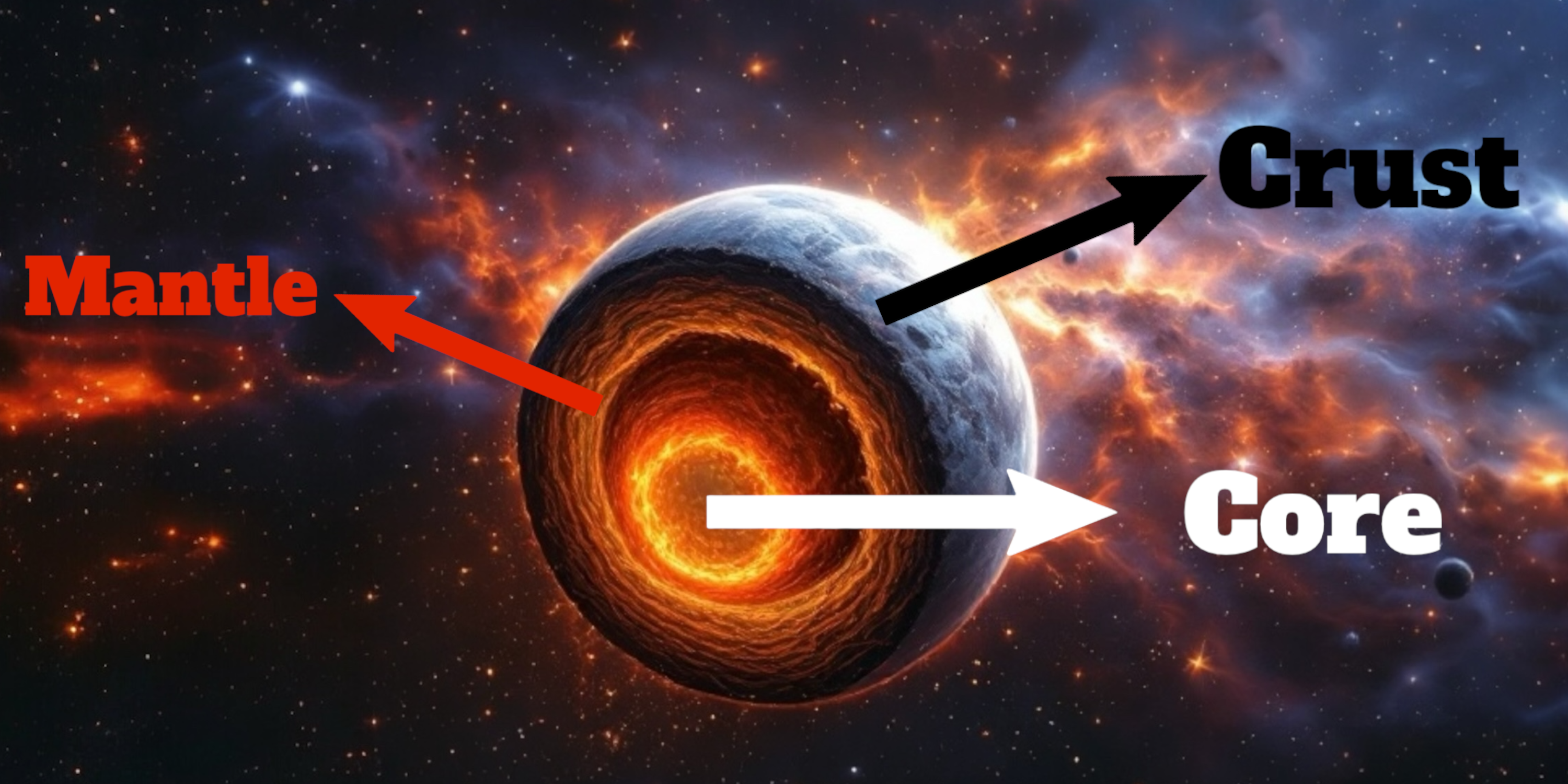
On the other hand, there are differentiated stony meteorites, referred to as achondrites. These meteorites come from bodies that have undergone such intense heating that they have melted and chemically stratified into a core, mantle and crust. In the process, they have lost their chondritic structure and more closely resemble terrestrial igneous rocks. Achondrites are often associated with larger bodies such as the Moon, Mars or the asteroid Vesta.
Among the most famous lunar meteorites is Gadamis 001, whose composition matches rocks brought back by the Apollo missions.
If you are fascinated by Mars fragments, it is worth mentioning Amgala 001, a rare meteorite that comes from the surface of the Red Planet. And if you're interested in other achondrites, NWA 7831 (diogenite) is a beautiful example of a sample from the asteroid Vesta.
In iron meteorites, differentiation took place so that the heavy metals, especially iron and nickel, were concentrated in the core of the parent body, while the lighter elements remained closer to the surface. This process led to the formation of a dense metal alloy which became the main component of these meteorites. Their structure often contains crystals of kamacite and taenite, two phases of iron-nickel alloy that were formed during extremely slow cooling. Because of this long cooling process, lasting millions to billions of years, Widmanstätten patterns - the unique crystal structures that are the hallmark of iron meteorites - can be observed when some samples are cut and then etched.
The most famous specimens with Widmanstätten patterns include Muonionalusta, Aletai, Saint Aubin, Mundrabilla and many others.
Image description from left to right: Muonionalusta, Aletai, Saint-Aubin, Mundrabilla
Pallasites - a unique blend of stone and metal
Pallasites are a special group of meteorites that contain both stone and iron components. They make up only about 1% of all meteorites found. They are composed of large, well-shaped olivine crystals surrounded by an iron-nickel matrix.
They probably formed at the interface between the metallic core and the silicate mantle of the planetesimals, i.e. in a transition zone where magmatic processes and melt movement occurred. As a result of these geological processes, the metal and minerals were mixed together to form their characteristic structure - crystals of olivine surrounded by a metal alloy.
Important representatives of pallasites are, for example, Sericho, discovered in Kenya, whose olivine crystals have a green tint, or Seymchan, known for its transparent, yellow olivine crystals. Imilac is considered one of the most beautiful pallasites due to its large, translucent olivine crystals.
Image description from left to right: Sericho, Seymchan, Imilac, Brahin
5. Fragmentation and space travel
Fragments released by collisions travel through space as meteoroids. Some of them encounter the Earth's gravitational field during their journey and enter its atmosphere. As they enter the atmosphere, these bodies can disintegrate by heating up, and if some fragments survive this process, they become meteorites that fall to the Earth's surface.
Conclusion
This whole process, from the initial collapse of the solar nebula to the final impact of meteor fragments on Earth, provides valuable information about the formation and evolution of the solar system. The study of meteoric samples is therefore crucial for understanding the chemical and physical conditions under which the first solids in our Universe were formed.
Explore our full selection of meteorites here: Our meteorite offer.
Author: Terezie Laubrova
This article is protected by copyright under Czech law (Act No. 121/2000 Coll., the Copyright Act). Any copying, distribution, or other use of the content without prior written consent from the author is prohibited. Copyright infringement may result in civil and criminal penalties, including damages and sanctions under Section 270 of the Czech Criminal Code.

